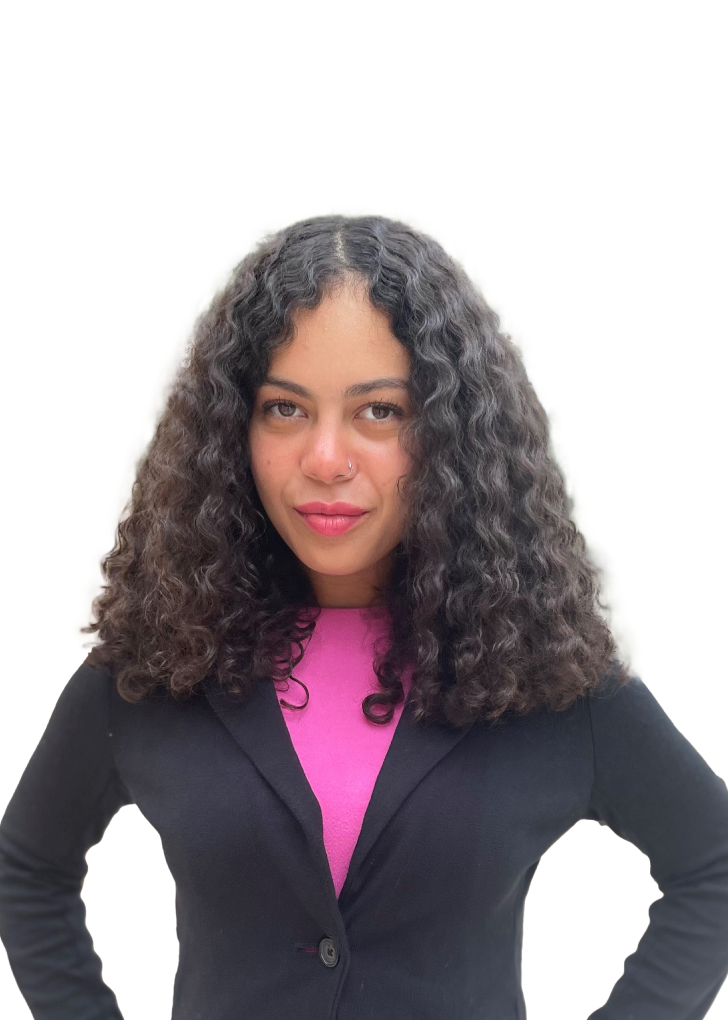The revelation that 17 foster children had to sleep on air mattresses in offices highlights the ongoing struggle in Hillsborough County to protect kids who live on the brink of crisis. Eckerd Kids, the state contractor, said the temporary arrangement was necessary because it had no beds available, and it is working to ensure no future shortage of accommodations. Abuse, neglect and violence drove these kids into the state’s care, and the state has an obligation to do right by them.
Over several weeks in May and June, children who had been removed from their homes bunked for one or two nights in an office building and a rec center in Tampa. The Tampa Bay Times’Christopher O’Donnell reported that most of the children were 16 or 17; one child was 11. Beyond the circumstances that prompted the state to take them from their homes, they also had personal issues that made placement in foster care more difficult.
The Department of Children and Families knew about the improvised accommodations and now says it may impose sanctions against Eckerd. DCF, Eckerd, the Hillsborough County Sheriff’s Office and other stakeholders are all looking into a spike in reports to the county’s abuse hotline that led to the kids being in limbo.
Those steps are important for ensuring accountability, but they don’t address the central mandate: to care for children whose homes and families have failed them. Eckerd is paid $70 million a year to fulfill that duty, and it cannot fail.
To be sure, relocating these vulnerable children to group homes, foster homes or extended family members is delicate work that must ensure their safety. State law is specific about how placements can be made, and that can be challenging in the midst of a crisis. Eckerd said the 17 children were under trained adult supervision, had access to showers and were well fed. Those at the rec center had TV and games. But veterans of the child welfare system say frequent transitions in and out of temporary homes exacerbate kids’ problems. “We harm them when we move them,” one advocate said.
A horrifying streak of child deaths prompted Florida legislators to pass a law in 2014 that prioritized children’s safety over the rights of parents, leading to a jump in the number of kids entering foster care statewide. It’s essential that services keep up with demand, particularly in Hillsborough, which has the second most child placements in the state.
Eckerd, which also handles foster placements in Pinellas and Pasco counties, said it is working on ways to increase bed capacity and recruit more foster families. Those are important concrete steps. The state and county must do their part to provide sufficient funding and oversight, and everyone must advocate for these children who are the victims of terrible circumstances.
Editorial: Foster children need real beds in real homes 07/08/16 [Last modified: Friday, July 8, 2016 5:42pm]
Photo reprints | Article reprints
Read original article HERE

